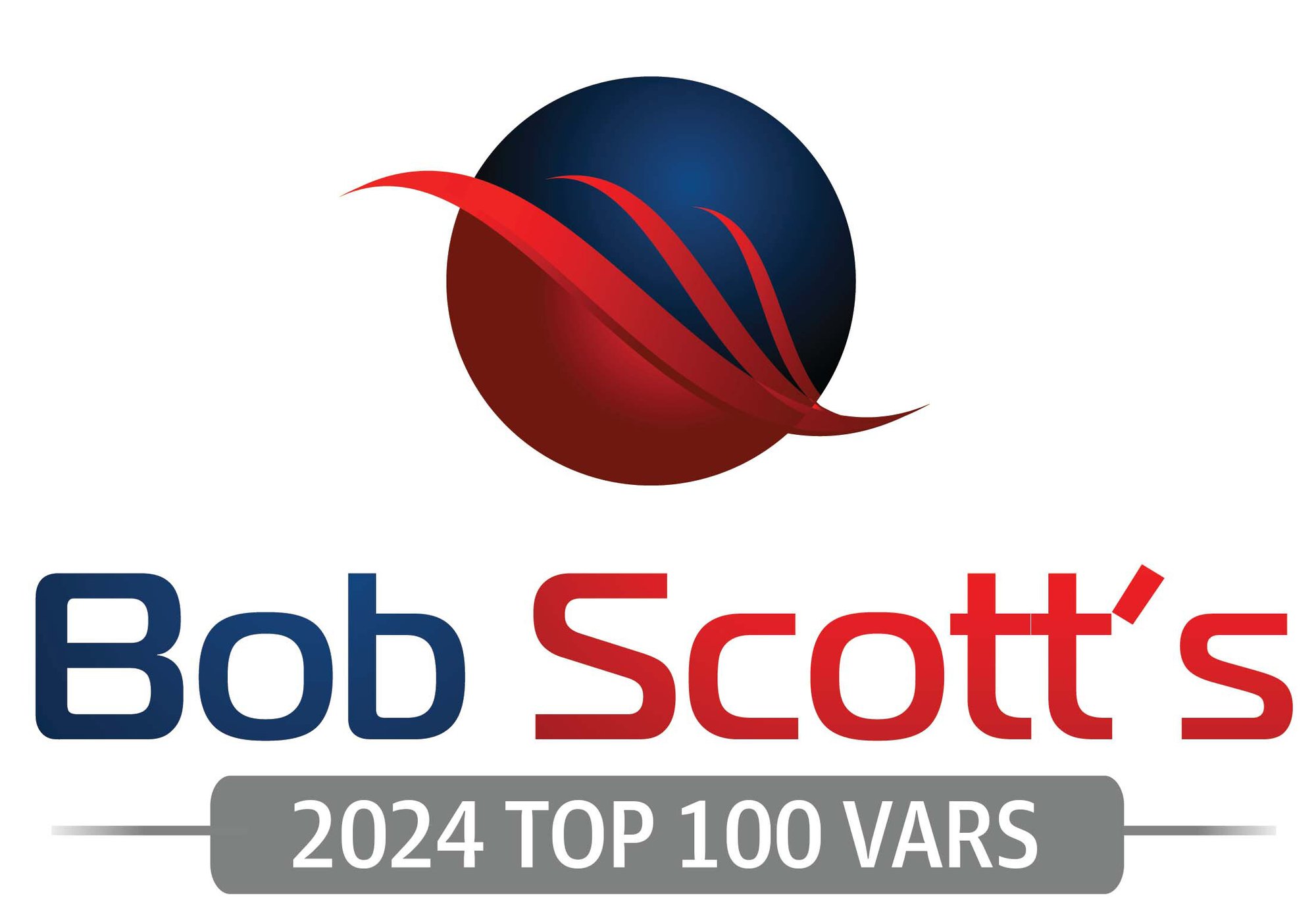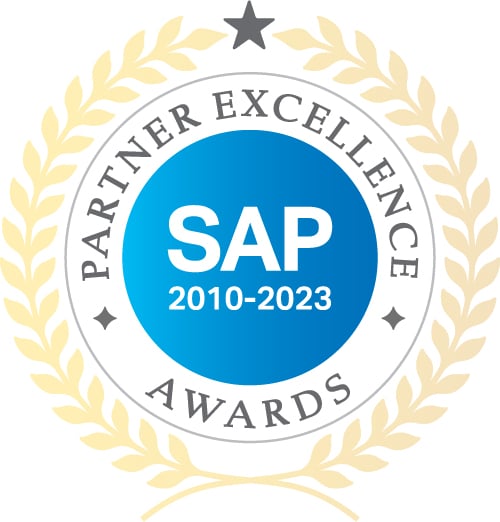
INDUSTRY SOLUTIONS
Distribution
Overcome fulfilment bottlenecks, optimise processes, and get real-time inventory reporting with the right ERP solution delivered by Vision33.
THE CHALLENGE
Today’s Distribution Challenges
As the market gets more competitive and complex, distribution companies are facing unique challenges.
Inventory management inaccuracies: Challenges in managing inventory ebb and flow, resulting in missed sales opportunities and lower profits. Complexities related to inventory fulfilment, shipping, tracking, and tracing.
Lack of integration: Lack of communication with other manufacturers, distributors, and customers creates errors, which is especially common with 3PL and EDI. Confusion and redundancies can create catastrophic errors.
Systems redundancies: Redundant systems create silos in distribution processes. Overlapping reporting and handling of inventory create lost revenue opportunities.
Logistics bottlenecks: Inventory fluctuations that create distribution bottlenecks. Struggles accessing accurate, real-time distribution reports to make logistics decisions.
Lack of order traceability: Inability to track inventory en route in real-time, respond to problems, and address challenges leads to lost product and customers.
Skyrocketing distribution prices: Inefficiencies and inaccuracies lead to revenue loss, slimmer profits, and skyrocketing distribution costs. Distribution errors result in lost inventory and revenue.
THE SOLUTION
How the Right ERP Solution Can Help
If your distribution business is facing these challenges, the right ERP solution can help.
Get unstuck and move your business forwards today.
Adjust Stock Levels Faster
Respond quickly to changes in the supply chain and fluctuations in stock levels with accurate and efficient logistics management.
Automate Distribution Processes
Automate distribution processes, from restocking, receiving, inspection, and storage to picking, shipping, and tracking.

Integrate With Other Platforms
Streamline processes and dismantle silos by integrating with other tools you already use.
Scale With Less Friction
Respond to inventory changes and challenges in real-time. Reduce inefficiencies related to growth and demand.
Improve Customer Satisfaction
Automate distribution systems to reduce the rate of errors, ensuring customers receive the products they want.
Maximise Profits
Unlock better operational and financial visibility across all parts of your business. Find new opportunities to drive growth.
Our Related Solutions
Become a best-run organisation with future-ready solutions.
Our Related Services
Get end-to-end services from our global team of experts.

TRUSTED, EXPERIENCED, GLOBAL
Vision33’s Advantage
Industry Experience
With 20+ years of experience and a global presence, we’ve worked with hundreds of clients in the industry and understand its unique opportunities and challenges.
Proven Process
Our certified consultants will work with you, start to finish, to uncover your needs and implement a solution that’s right for your business, goals, and budget.
End-to-End Services
Stay focused on your core business priorities. We handle your entire implementation, ensuring minimal impact on your day-to-day business.
Ongoing Support
After go-live, get ongoing access to our customer support team, library of resources, and customer-only events to get the most from your investment.
Which industries does Vision33 have experience with?
With 1,500+ active customers around the world, Vision33 has helped hundreds of organisations across a wide variety of industries, including manufacturing, distribution, professional services, subscription/SaaS, food & beverage, brewery & distillery, life sciences, industrial machinery & components, high-tech electronics, not-for-profit, government, and more.
Ready to Transform Your Business?
Make Vision33 your partner for success.
INDUSTRY ACCOLADES
Awards & Recognition







Ready to Transform Your Business?
Make Vision33 your partner for success.